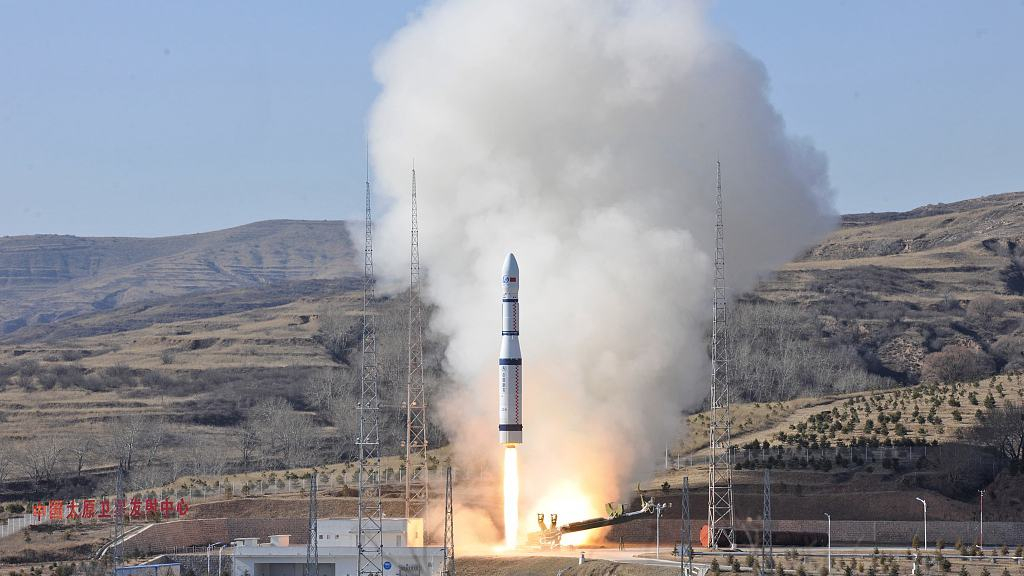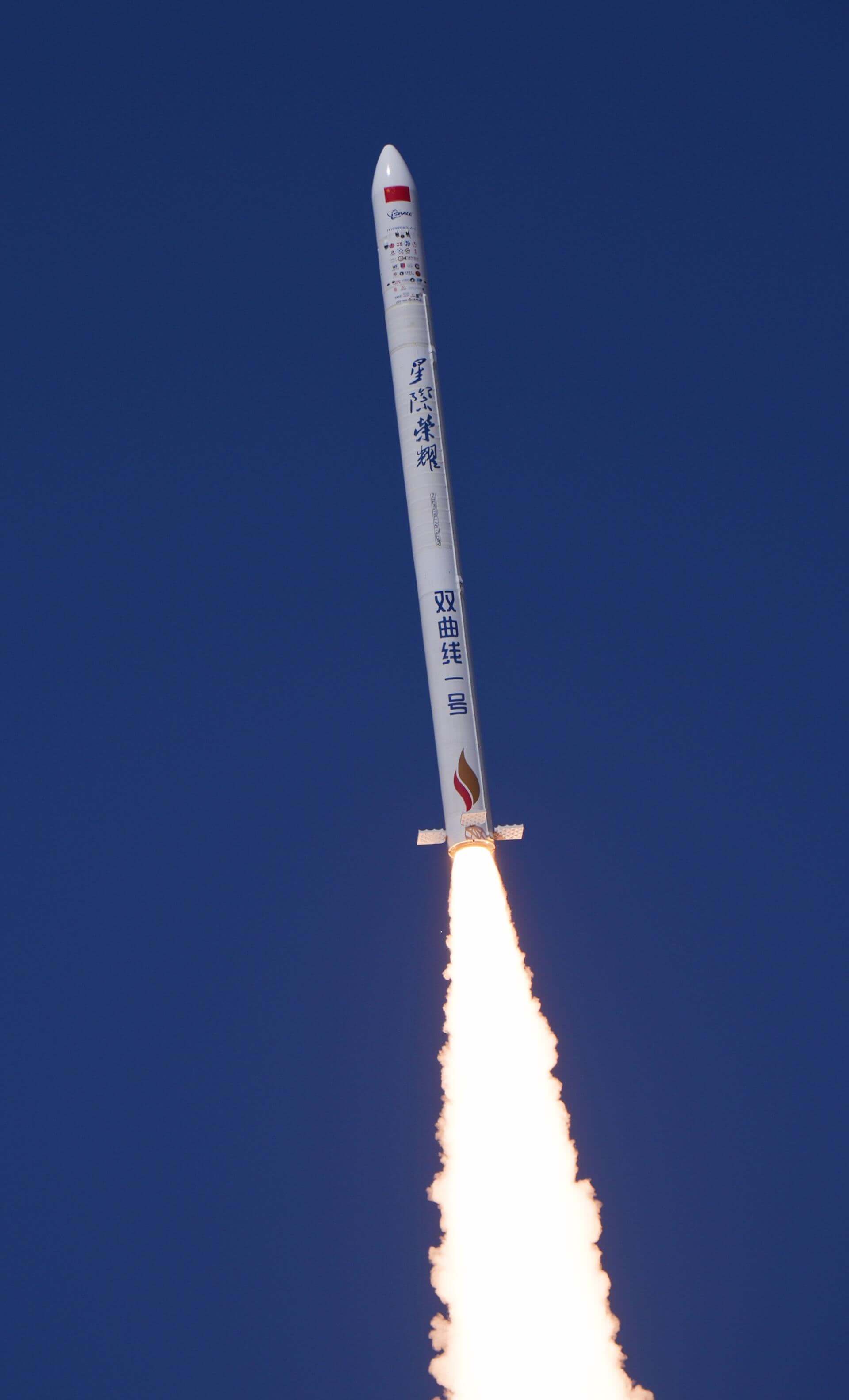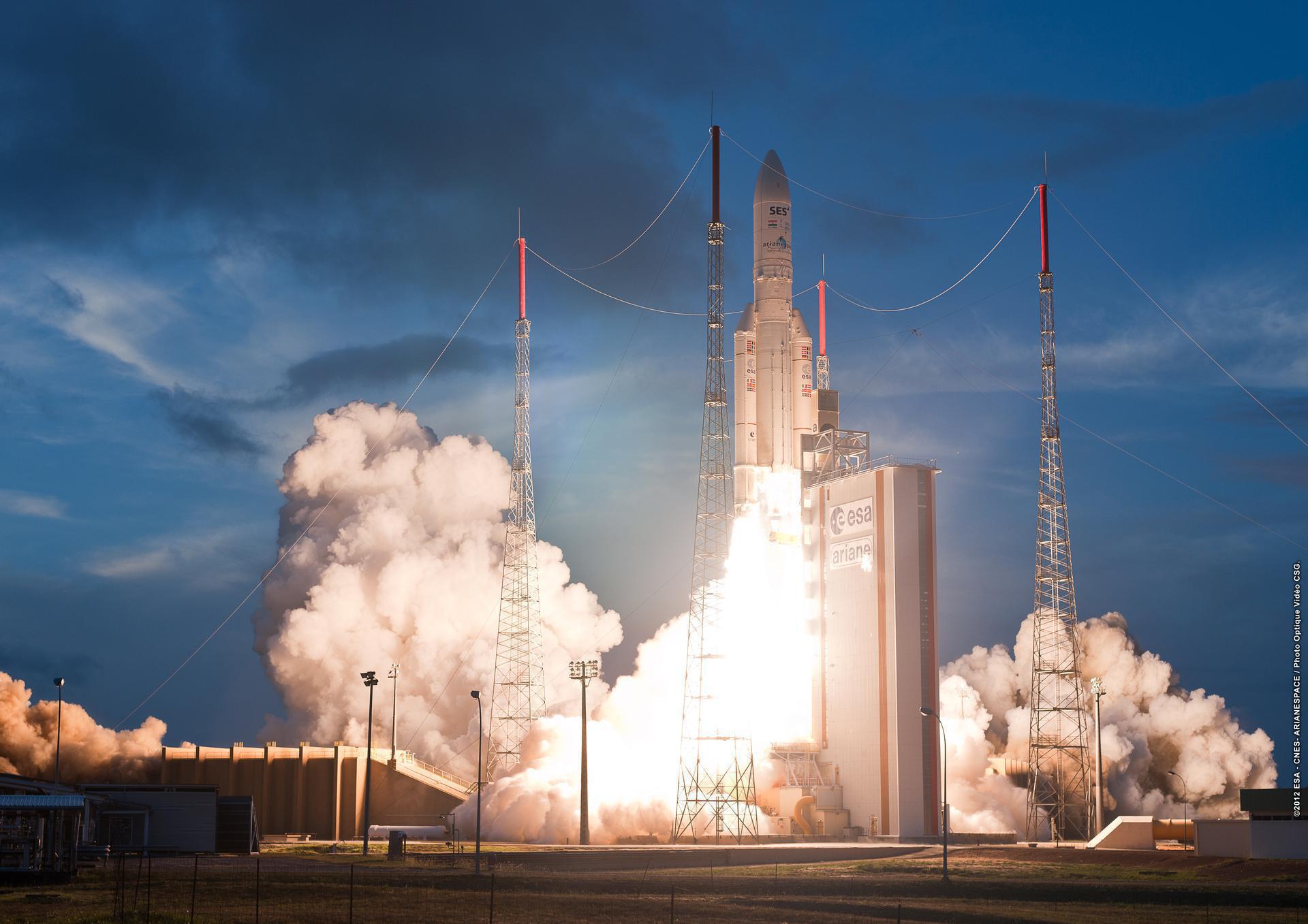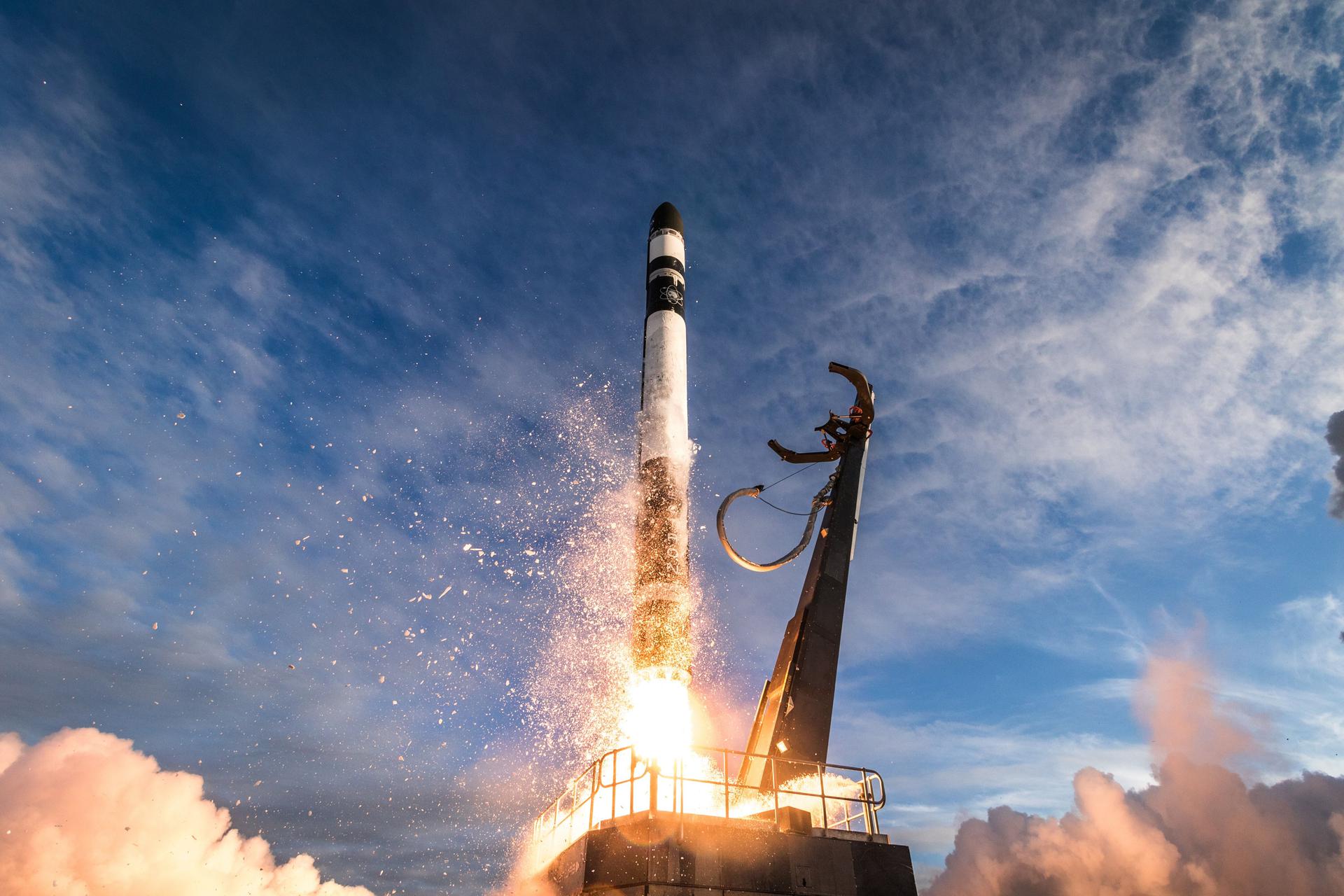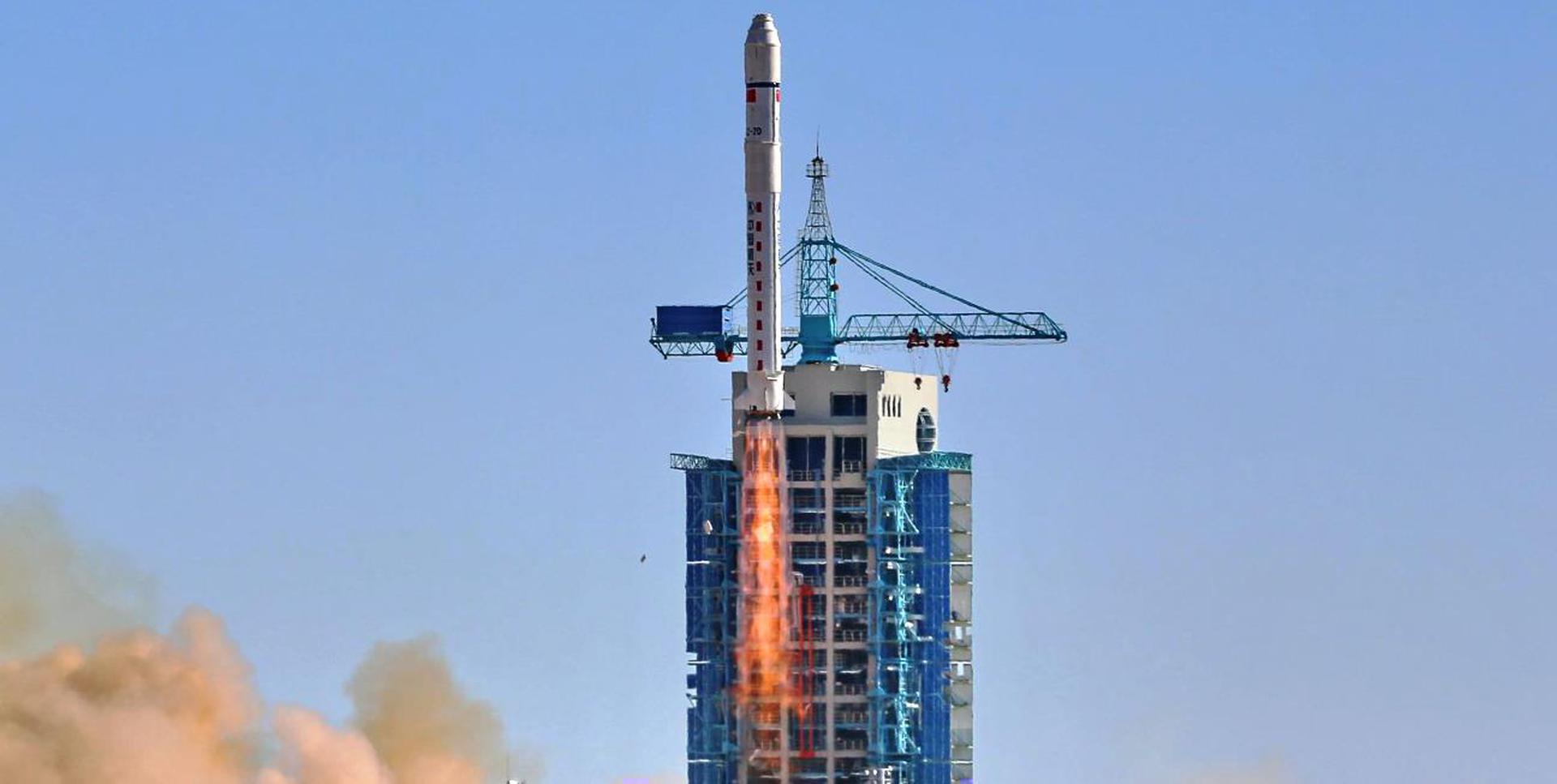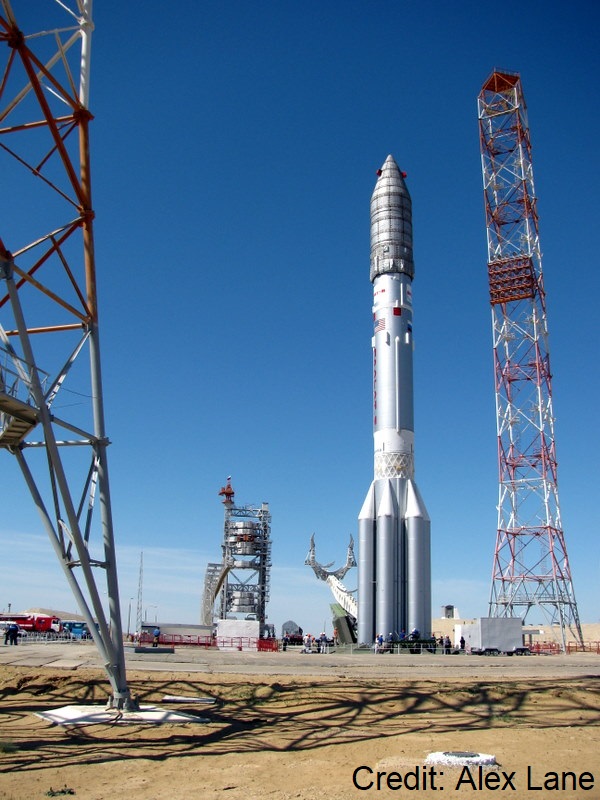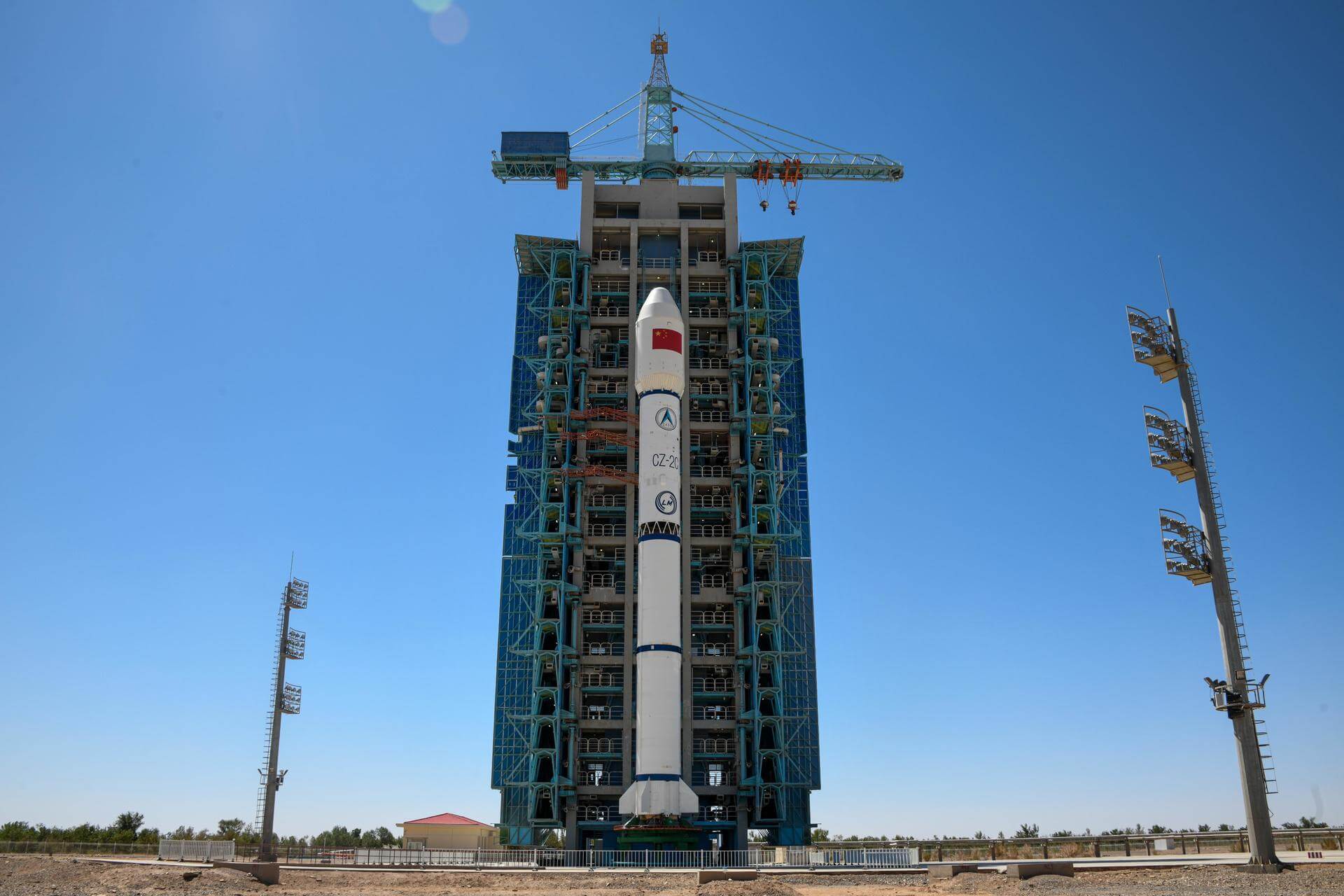Previous Spaceflight Launches
Filter by Agency, Locations or Vehicles
Show All LaunchesLong March 6 | KL-Beta
China Aerospace Science and Technology Corporation | ChinaTaiyuan Satellite Launch Center, People's Republic of China
Aug. 4, 2021, 11:01 a.m.
Status: Launch Successful
Mission:
The KL-Beta A and B, satellites are test satellites for a global multimedia satellite system for the German company KLEO Connect and the Chinese company Shanghai Spacecom Satellite Technology. The satellites were built by CAS Microspace and feature a Ka-band communications payload. The prototype system also includes another satellite “GMS-T” built by OHB System of Germany.
Polar OrbitHyperbola-1 | Jilin-1 Mofang-01A (?)
i-Space | ChinaJiuquan Satellite Launch Center, People's Republic of China
Aug. 3, 2021, 7:39 a.m.
MOMO | Flight 6
Interstellar Technologies | JapanHokkaido Spaceport, Japan
July 31, 2021, 8 a.m.
Ariane 5 ECA+ | Star One D2 & Eutelsat Quantum
ArianeGroup | FranceGuiana Space Centre, French Guiana
July 30, 2021, 9 p.m.
Status: Launch Successful
Mission:
Star One D2 is a 6.2 tons satellite built by Space Systems Loral for operator Star One, subsidiary of Brazilian Embratel. Its architecture is based on a SSL-1300 platform and equipped with C, X, Ku and Ka-band transceivers. It will provide communications services to Latin America for at least 15 years. Eutelsat Quantum is an experimental communications satellite carrying a payload able to be reconfigured by software. It is developed by ESA, Eutelsat and Airbus Defence and Space.
Geostationary Transfer Orbit VA254Electron | It’s a Little Chile Up Here (STP-27RM)
Rocket Lab | United States of AmericaRocket Lab Launch Complex 1, Mahia Peninsula, New Zealand
July 29, 2021, 6 a.m.
Status: Launch Successful
Mission:
A U.S. Air Force experimental spacecraft. It will demonstrate the use of a deployable sensor, where the sensor’s mass is a substantial fraction of the total mass of the spacecraft and provide a platform to test future space protection capabilities.
Low Earth OrbitLong March 2D | Tianhui-1-04
China Aerospace Science and Technology Corporation | ChinaJiuquan Satellite Launch Center, People's Republic of China
July 29, 2021, 4:01 a.m.
Status: Launch Successful
Mission:
TH 1 (Tianhui-1 = "Sky drawing") is a Chinese stereo-topographic mapping satellite operated by the People’s Liberation Army (PLA). The satellites are built by the Hangtian Dongfanghong Weixing Corporation and the China Aerospace Science and Technology Corporation and the Chinese Academy of Space Technology (CAST). The satellites operate on a 500 km circular sun synchronous orbit. Electrical power is provided by two deployable solar panels that is stored on onboard batteries. They are equipped with a three-dimensional survey camera and a CCD camera with a ground resolution of 5 meters, spectral region of 0.51 µm to 0.69 µm and with a camera angle of 25 degrees. Also on board is a multi-spectral camera with a ground resolution of 10 meters operating in four spectral bands of 0.43 µm to 0.52 µm, 0.52 µm to 0.61 µm, 0.61 µm to 0.69 µm, and 0.76 µm to 0.90 µm. The swath width of the cameras is 60 kilometers wide.
Sun-Synchronous OrbitProton-M | MLM Nauka
Khrunichev State Research and Production Space Center | RussiaBaikonur Cosmodrome, Republic of Kazakhstan
July 21, 2021, 2:58 p.m.
Status: Launch Successful
Mission:
Nauka (which means "Science" in Russian), also known as Multipurpose Laboratory Module (MLM), is a new module of the russian segment of the ISS. It will dock at Zvezda's nadir port, replacing the Pirs module occupying it since September 2001. The Nauka module is designed to be used for experiments, docking and cargo as well as serve as a crew work and rest area. It is equipped with full guidance and navigation control including engines and an attitude control system that can be used as a backup by the ISS. The Nauka module also brings the European Robotic Arm, for which a spare elbow joint was already launched in 2010, to the orbital laboratory.
Low Earth OrbitNew Shepard | NS-16
Blue Origin | United States of AmericaCorn Ranch, Van Horn, TX, USA
July 20, 2021, 1:12 p.m.
Long March 2C | Yaogan-30-10
China Aerospace Science and Technology Corporation | ChinaXichang Satellite Launch Center, People's Republic of China
July 19, 2021, 12:19 a.m.
SpaceShipTwo | VSS Unity 22
Virgin Galactic | United States of AmericaAir launch to Suborbital flight
July 11, 2021, 3:25 p.m.
